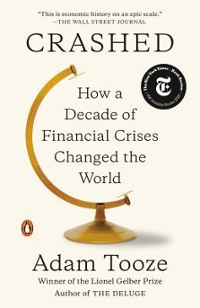Question
Consider the standard OLG model with money and growing population. Individuals are endowed with y units of a perishable consumption good when young and nothing
Consider the standard OLG model with money and growing population. Individuals are endowed with y units of a perishable consumption good when young and nothing when old. Individuals want to consume both when young and when old. Let Nt = nNt1 and Mt = zMt1 for every period t, where Nt are the number of people born in period t and Mt is the money stock in period t. Consider the case in which z and n are both greater than 1. The money created each period is distributed as a lump-sum transfer to each old individual worth at units of consumption goods. Each generation has identical preferences where u(c1;t; c2;t+1) = ln(c1;t) + ln(c2;t+1); where c1;t is the amount of the good that is consumed in the rst period of life by an individual born in period t, and c2;t+1 is the amount the same individual consumes in the second period of life. is the discount factor and 0 < < 1. (a) Find an individuals budget constraints when young and when old. Combine them to form the individuals lifetime budget constraint. (2 marks) (b) Solve for the optimal consumption allocation (c 1 ; c 2 ) chosen by the individual in a stationary monetary equilibrium. Note: express (c 1 ; c 2 ) as a function of exogenous parameters (z; y; ; n) in the model. at is not an exogenous variable. (2 marks) (c) Solve for the social planners golden-rule allocation. Under what condition(s) will the monetary equilibrium coincide with the golden-rule allocation? How would you interpret your results? (2 marks
Step by Step Solution
There are 3 Steps involved in it
Step: 1

Get Instant Access to Expert-Tailored Solutions
See step-by-step solutions with expert insights and AI powered tools for academic success
Step: 2

Step: 3

Ace Your Homework with AI
Get the answers you need in no time with our AI-driven, step-by-step assistance
Get Started


